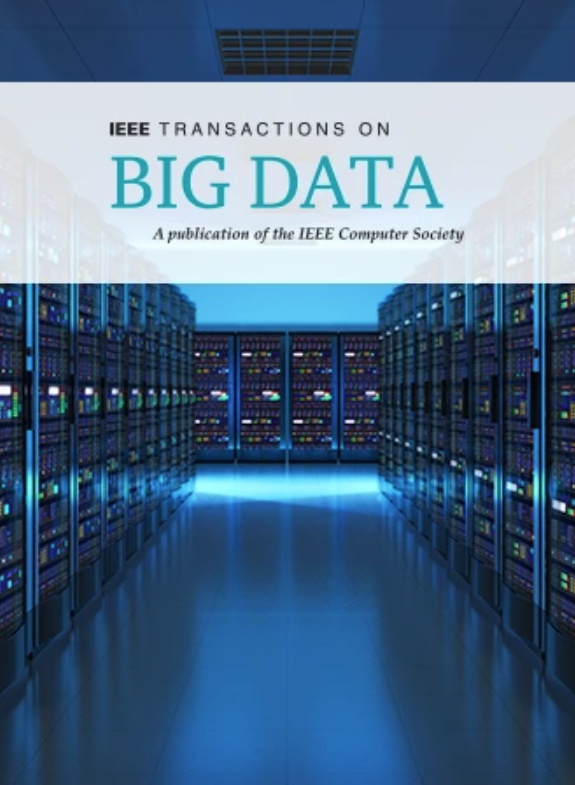面向社会推荐的双向迁移图对比学习
IF 7.5
3区 计算机科学
Q1 COMPUTER SCIENCE, INFORMATION SYSTEMS
引用次数: 0
摘要
图神经网络(gnn)作为社会推荐系统的一种有效方法已经出现。gnn擅长于捕获协同交互图和社交网络中的图结构语义信息。近年来,一些方法将自监督学习引入到gnn中,旨在通过缓解数据稀疏性问题来提高推荐性能。然而,这些方法将交互图和社交网络视为独立的实体,这严重限制了可用于自监督学习的样本数量。此外,这些分离的方法也加剧了协作和社交领域的信息孤岛问题,导致性能次优。为了解决这些挑战,我们提出了一种创新的自监督社会推荐方法,称为双向迁移图对比学习(BTGCL)。BTGCL对协作域和社交域的节点表示进行联合编码,然后通过特征增强生成节点视图。为了弥合领域之间的信息差距,我们设计了一种双向迁移机制,使同一正对的协作和社会领域的特征保持一致。通过在三个公开可用的数据集上进行的大量实验,我们证明了我们提出的方法在提高社交推荐性能方面的有效性。本文章由计算机程序翻译,如有差异,请以英文原文为准。
Bi-Directional Transfer Graph Contrastive Learning for Social Recommendation
Graph Neural Networks (GNNs) have emerged as an effective approach for social recommender systems. GNNs excel at capturing the graph-structured semantic information within the collaborative interaction graph and social networks. Recently, some methods have introduced self-supervised learning to GNNs, aiming to enhance recommendation performance by mitigating the data sparsity issue. However, these methods treat the interaction graph and social network as separate entities, which severely limits the number of samples available for self-supervised learning. Moreover, these separated methods also exacerbate the problem of information islands in collaborative and social domains, resulting in suboptimal performance. To tackle these challenges, we propose an innovative self-supervised social recommendation method called Bi-directional Transfer Graph Contrastive Learning (BTGCL). BTGCL jointly encodes node representations within both collaborative domain and social domain, then generates node views through feature augmentation. To bridge the information gap between domains, we devise a bi-directional migration mechanism that aligns features from the collaborative and social domains of the same positive pair. Through extensive experiments conducted on three publicly available datasets, we demonstrate the effectiveness of our proposed method in enhancing social recommendation performance.
求助全文
通过发布文献求助,成功后即可免费获取论文全文。
去求助
来源期刊

IEEE Transactions on Big Data
Multiple-
CiteScore
11.80
自引率
2.80%
发文量
114
期刊介绍:
The IEEE Transactions on Big Data publishes peer-reviewed articles focusing on big data. These articles present innovative research ideas and application results across disciplines, including novel theories, algorithms, and applications. Research areas cover a wide range, such as big data analytics, visualization, curation, management, semantics, infrastructure, standards, performance analysis, intelligence extraction, scientific discovery, security, privacy, and legal issues specific to big data. The journal also prioritizes applications of big data in fields generating massive datasets.
 求助内容:
求助内容: 应助结果提醒方式:
应助结果提醒方式:


